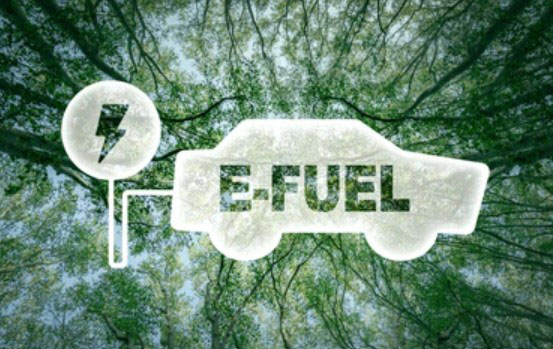August 11, 2021
While studies show EV drivers currently do about 80% of their vehicle charging at home, this is expected to change as the market continues to grow and the demographic profile of the EV driver normalizes with society, reducing the number of owners who have the ability to charge at home. Current incentives and funding opportunities to develop public EV charging at workplaces, fuel stations, retailers and other sites are creating opportunities to invest in this type of infrastructure.
“The EV landscape continues to change at a rapid pace,” said Transportation Energy Institute Executive Director John Eichberger. “The Electric Vehicle Council recognized that there is currently a huge need to grow and develop a public charging network, but there remain far too many questions about what it takes to develop a successful project and the steps needed to be considered. Questions lead to uncertainty and inaction. This report takes a holistic approach to answering these questions to increase confidence and allow business owners to engage with utilities, equipment manufacturers, and local permitting authorities more comfortably and effectively. “
The report analyzes the questions and issues that site hosts are expected to encounter as they contemplate development of public EV charging and separates them into three key buckets: (1) assessing the business case; (2) utility engagement; and (3) working with local authorities having jurisdiction over the sites location. Aside from addressing the nuances of each of these buckets in detail, the report also presents several case studies from early adopters who have already invested in the public EV charging space. The report includes crucial lessons learned from real world experience.
Recent Biden Administration announcements include deploying 500,000 EV chargers by 2030, setting a 50% market share for EVs by 2030 and increasing fuel efficiency requirements for all light duty vehicles. These will bolster EV adoption rates and will likely include funding opportunities for private industry to install EVSE, which will be a key component to improving returns on investments (ROI).
“Understanding the various issues involved in evaluating the business decision to invest in public charging is crucial,” Eichberger explained. “This report dives deep into the critical factors involved with installing a successful EV charging station and covers questions related to assessing the public policy environment, the type of ownership model a site host may want to pursue, estimated costs, site selection, how to work with utilities, and how to navigate the permitting process. This new guide is an essential resource for businesses considering entering this emerging business.”
“Best Practice Guide for Installing and Operating Public Electric Vehicle Charging Infrastructure,” is an important resource for those seeking to potentially invest in the public EV charging space. By understanding the right questions to ask and the right issues to evaluate, decision makers can develop more informed and strategic public charging infrastructure plans.





